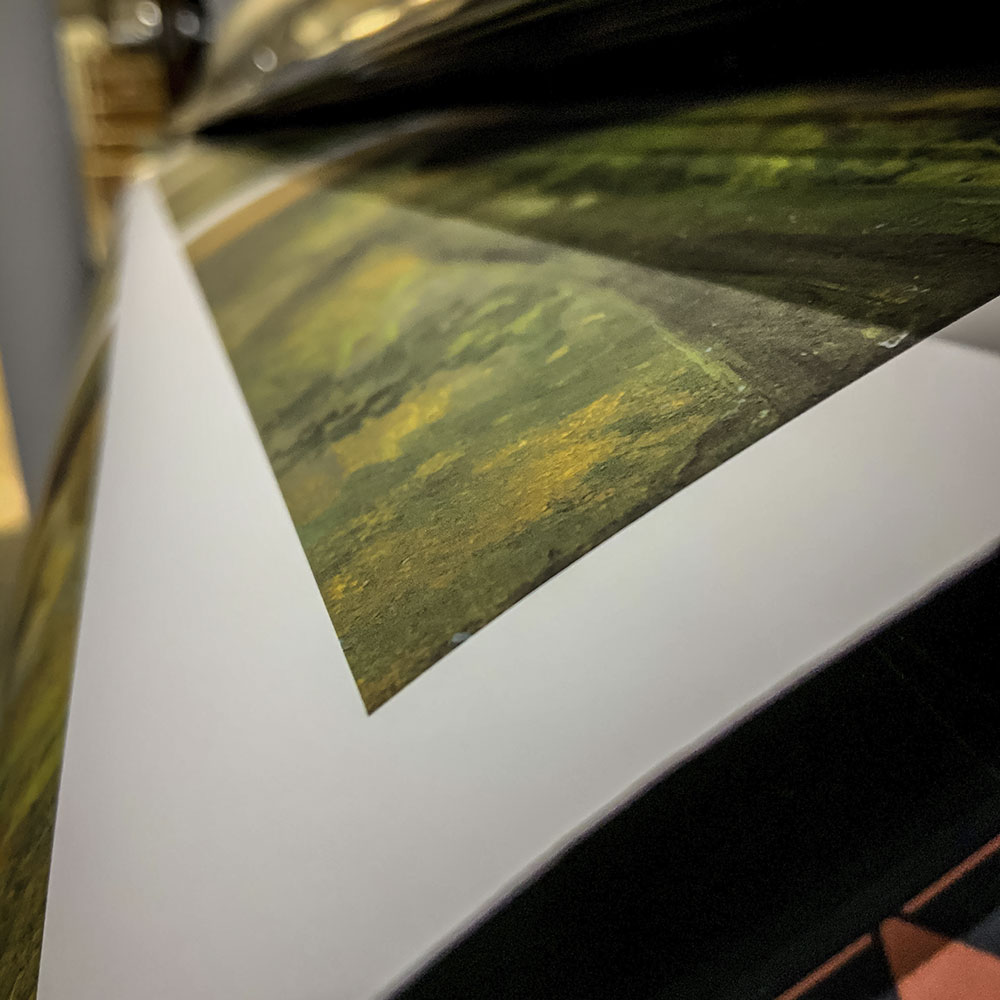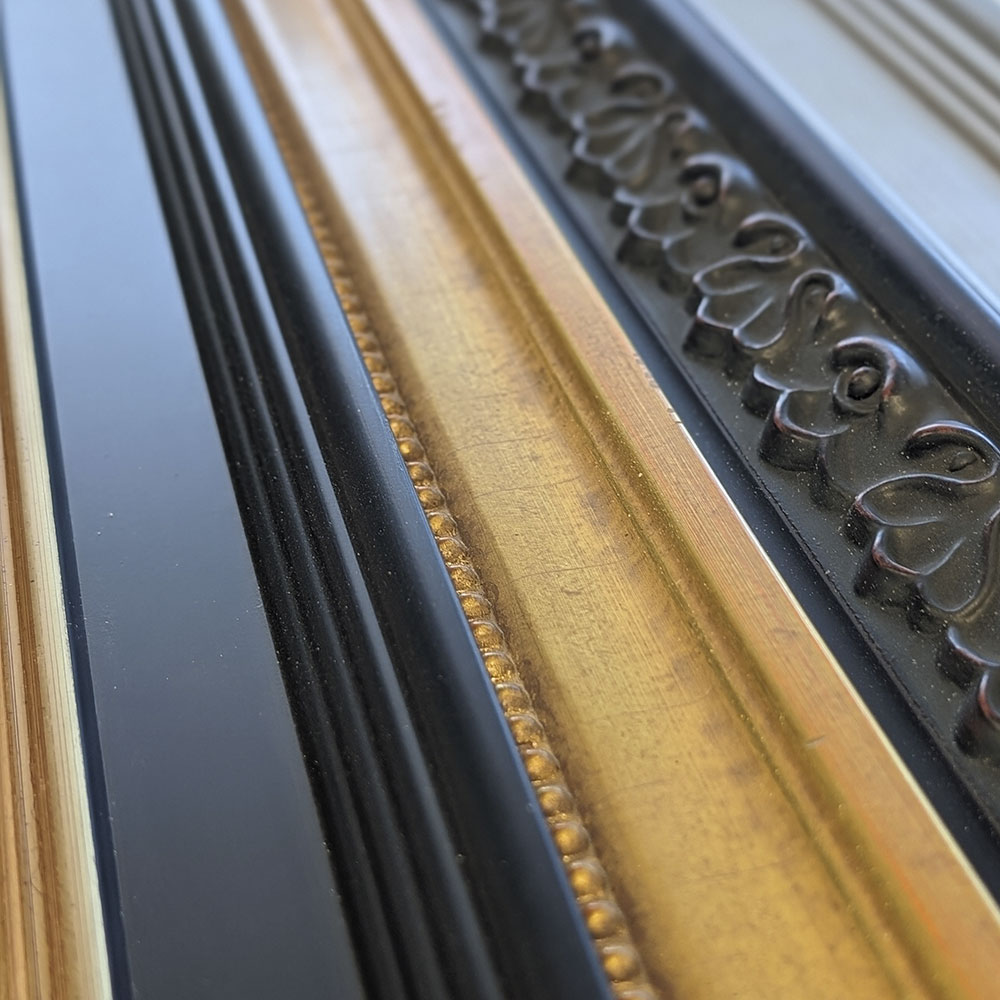This painting regularly has been referred to as Wendt’s masterpiece since first being called that in the book published in conjunction with the Stendahl Art Galleries’ 1926 exhibition of Wendt’s work. In many respects it is entirely characteristic of Wendt’s mature paintings: in its subject being the California foothills, its restrained palette, its noon light, its broad, long, regular brushstrokes, and its simplification of forms. Wendt’s approach to composition was to find a motif and let it dictate the structure of the composition. His paintings generally give the impression of an intimate encounter with a modest portion of a landscape and are not formally composed. Where Nature’s God Hath Wrought, in contrast, is an extremely bold and powerful composition, at once dramatic and unified. Wendt always sought the spirit of the landscape and its deeper meaning; the title of this painting is his strongest statement of that philosophy. Many have remarked on the inspirational quality of the mountain’s upward thrust. According to critic Arthur Millier, the view is of Morro Bay, north of San Luis Obispo in central California, where Wendt occasionally worked in the 1920s. As Millier noted, the bay’s distinctive soaring hill formations afforded Wendt a "supreme opportunity to express his profound feeling for the structural balance."


